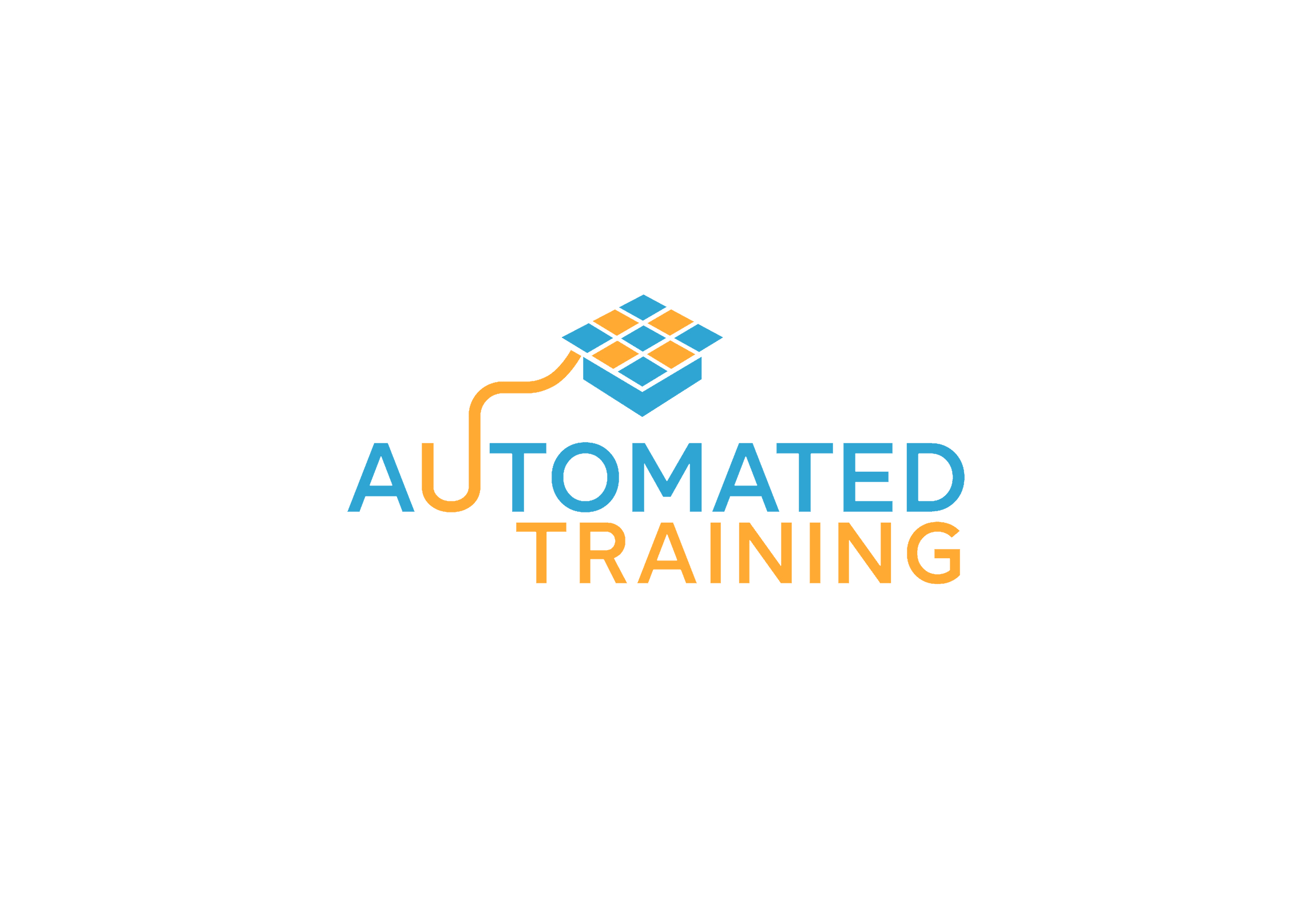Why is corrective feedback in employees’ training so important?
Usually, after each training, employees write a test, and they get the result of the test, often expressed in percentages. Nothing else just the percentage or a mark; but in the end, it is the same thing. The test result is a way to communicate to employees at what level they master the learned material. If you were the trainee, what would be your first thought when seeing this percentage?
Knowing what corrective feedback should look like, mine was: “Is this a test result or a sale promotion?”
I mean, wouldn’t you like to know what you have done wrong?
Would you like to know where are your mistakes and get back to the material and correct your understanding? Because qualitative feedback in employees’ training is all about improvement. You do not want your employees to apply the wrong knowledge, nor to apply the correct knowledge in the wrong way to your projects. This is why you train them in the first place! So it is crucial to tell the employee where he has done wrong in the tests, and where he lacks understanding in order to be able to correct himself.
Personally, I was always interested in what have I done wrong and why. Was it because I did not understand the subject itself or because I did not link this subject with former knowledge? I mean, what is the point of attending the next training, if you scored only 50% in the current one? It makes more sense to attend again the current one and fix your understanding before you mess up even more things in your head. Not only in mathematics but also in projects things are linked.
The truth is that each person has a different attitude to learning from mistakes, but research shows that we learn by making mistakes. And we learn in both cases:
- when we discover the mistakes ourselves and correct them (here is the dedicated article for this topic)
- when someone else is pointing to our mistakes and we correct them
1.What is corrective feedback
Corrective feedback is whenever we receive feedback on our delivery that corrects the performance. Independent if the delivery was a written test, practical exam, or just a regular task at work. When someone, accredited in the field, puts a stamp on our delivery, that is feedback. And if it also tells how to improve the process to get a better delivery, that is corrective feedback, and this is the 3. rd pillar of learning.
It is still corrective even when the feedback is positive. In this case, the learning process is called consolidation. That knowledge, that information is consolidated by reinforcing the neural circuits related to it.
The word “corrective” could give you some shivers down the spine. Do you know why? Because it relates in the subconscious mind to something that sounds like a punishment, critique, “ouch!”. Or you might ask if the error corrective feedback alone is enough to enrich the learning process, or should be followed by a sort of “punishment”? Based on the idea that where is no consequence there is no correction.
Why feedback and punishment are linked together in our subconscious minds and what should we do to unlink them?
2. Corrective feedback in school
John Hatie, an education specialist from Australia, states that the quality of the feedback that one receives determines one’s academic success.
“Learning is faster and easier when students receive detailed error feedback that tells them precisely where they stumbled” (Stanislas Dehaene – How we learn).
Let’s see how detailed and precise was the corrective feedback that we received back in school.
Most probably you have over 12 years spent in school. Twelve years of learning and “corrective” feedback received from teachers. What are your most pregnant memories related to the teachers’ corrective feedback? That it mainly comes in form of a test or exam result. And if you get to see the test paper, you see a lot of red corrections on it, meaning “WRONG! WRONG! WORNG!”. And a grade that is inversely proportional to the number of red corrections on the paper. The higher the number of corrections the lower the grade.
 According to your school experience, a grade is either a reward or a punishment. The lower the grade at school the higher the disappointment, and the consequences at home, followed sometimes by some kind of “punishments”. No TV for a week, no friends, but one extra hour of reading and dishes to wash (here is an example of what you should NOT apply to your kid).
According to your school experience, a grade is either a reward or a punishment. The lower the grade at school the higher the disappointment, and the consequences at home, followed sometimes by some kind of “punishments”. No TV for a week, no friends, but one extra hour of reading and dishes to wash (here is an example of what you should NOT apply to your kid).
This is the reason why corrective feedback could be linked to punishment or shivers down the spine. For over 12 years, the corrective feedback came in this form.
2.1. Detailed and precise feedback
Was the feedback precise and qualitative in school?
- The feedback summarized different sources of errors without distinguishing them.
- The feedback only pointed out the mistakes. But didn’t mention the reason why it is a mistake or what principle should have been applied.
- The feedback didn’t show us HOW to correct ourselves. And even worse, didn’t allow us to learn again the material and repeat the test.
The grade was final and what we missed, was definitely gone. Nobody cared that you would have needed only 2 more days to understand and extract the square root. It was a race against time and you had ONLY one chance to learn it in the given time. Now or never!
We learn by repetition and association and by practicing! Was the corrective feedback in school precise and qualitative? Was it even corrective? Did allow any repetition at all?
3. Corrective feedback in employees’ training
 Corrective feedback supports learning ONLY IF it is followed by corrective actions. Only if it gives the time and chance to learn again what was wrong in the first place. And if it tells what was wrong, not only that it was wrong. And here I must start the discussion, whether you like it or not, about corrective feedback in employees’ training. Because the process of training the employees copies perfectly the school system (which is 200 years old and has some cognitive limitations).
Corrective feedback supports learning ONLY IF it is followed by corrective actions. Only if it gives the time and chance to learn again what was wrong in the first place. And if it tells what was wrong, not only that it was wrong. And here I must start the discussion, whether you like it or not, about corrective feedback in employees’ training. Because the process of training the employees copies perfectly the school system (which is 200 years old and has some cognitive limitations).
The training system copies the school teaching system
Training copies the school teaching system and takes over all the cognitive limitations of the lecturing/presentation teaching method. It copies the way teaching is done: the information is presented once and never repeated. It copies the way feedback is done: it delivers a grade or a percentage to a final test that usually takes place immediately after the training. Most of the time even on the same day. Been there, done that, I talk from experience.
So the corrective feedback in employees’ training runs in the same way as described above, in the school. The punishment part can be skipped, there is no punishment but also no chance for improvement, for attending again the parts of the training that were not understood.
I have always asked myself, what are those “grades” used for if the improvement is not possible?? Because the only thing that you could judge by their value is the level of tiredness of your employee when he wrote the test. Nothing else. If you don’t tell the employee which questions were wrong, and what is the related material that he has to browse again, the test has no cognitive value!
If you are a decision-making person in a company, you have the power to adopt different learning and testing systems for your employees. And you will ask me now, how can the corrective feedback be changed in order to be learning-oriented and not punishment-oriented like it is now?
Let me tell you a secret! Do you know that out there, there is an industry that is so successful at corrective feedback and learning out of mistakes that even creates addiction? People who use it, when they fail, come back addictively and learn from their mistakes and try again. And learn from their mistakes and try again. For how long???
UNTIL THEY SUCCEED!!!!
In this industry, there are no losers! Only slow learners. Because this industry is three times more focused on the success and achievements of its users than the whole learning and training system.
Can you guess which one it is?
4. How to improve corrective feedback in employees’ training
It is the video gaming industry. They use corrective feedback based on learning from mistakes and give the chance to each player to improve “the skill” and repeat “the practice” until he succeeds. The gaming industry has understood that the secret of becoming excellent, becoming a master, relays on repeated learning, trying, and failing. This is why every game offers you 3 lives. And you get to repeat the same mistakes 3 times before you have to start from the very beginning.

How many lives do we need until we understand that the one-time presentation of the trainer coming, presenting, testing, and leaving, does create costs but NOT expertise?
Why don’t we apply the same principle from video gaming in learning and employee training?
Because as long as the learning transfer is done in form of presentation/lecturing, and not in digital or video form, the employees can not repeat, rewatch, or browse again the information. The employee cannot get back to the lesson to learn what he has missed or misunderstood. We have the same problem as in school because we cannot repeat the lesson why repeat the test? We only live once, so we only teach once and we only test once. Is life too short to include some repetition?
The best solution, that offers the trainees the chance to revise the material, is to have it digitalized and available 24 hours. Video trainings is a flexible learning solution, which, according to the learning pyramid, increases retention by 4 times compared with the lecturing method. Having the knowledge available, we develop appropriate tests for employees, that offer also corrective feedback. The feedback is so corrective, that we even point to the episode of the video training that the employee has to revise to improve his/her knowledge.


